Conducting Market Research Surveys: DIY Tips and Techniques
A market research survey represents a fundamental requirement for businesses to comprehend their target audience while enhancing their products and obtaining market leadership. This article serves as your complete guide to perform market research surveys successfully by gathering exceptional data which advances your business decisions.
Introduction to Market Research Surveys

The act of collecting needs, knowledge and data points from prospective clients is the fundamental role of market research surveys. Successful market strategies together with improved product offerings derive from market research which reveals customer behavior and preferences and needs7. Market research surveys require you to follow multiple steps that begin with objective definition and end with the analysis of gathered information.
Step 1: Set Clear Research Objectives
The beginning aspect of conducting market research surveys demands clear definition of your research aims. Your goals and target discoveries for this specific survey constitute what you aim to achieve. Your business goals require objectives which are both specific and connected to your organizational targets. You want to improve your spring marketing campaign thus your research goal needs to measure brand awareness for consumers who fall between 18 to 25 years old.
Example Objectives:
Each buying decision process of your customers needs your analysis for discovering which actions activate their purchasing motion between various user categories.
Determine how distinct your brand remains within a particular population group.
You should obtain feedback from clients about your emerging product features together with services.
Step 2: Identify Your Target Audience
Your next step requires identifying the people who will be part of your target audience. The audience consists of existing customers and potential new customers together with their respective segments. Your research objectives provide guidance to identify key traits of the customer groups you want to reach. The target audience for measuring price-willingness should consist of people who share particular income requirements.
Tips for Identifying Your Audience:
Construct Multiple Character Profiles that Mirror Your Desirable Client Base through Demographic Analysis of Gender and Age While Factor Analysis Includes Residential and Career-standing and Financial Capabilities5.
Your business needs to analyze regional behaviors to know how separate markets react to its products.
The analysis should include psychographic research to evaluate how people view their way of living combined with their personal interests and core values.
Step 3: Create Survey Timelines
A proper timeline stands essential for survey development. Decide when you should distribute the survey while determining if you will need to resend it and establish your date for finalizing all collected information. Survey response rates are highly dependent on when you administer your survey to participants. The response rate for surveys decreases drastically when they are sent at midnight compared to when they are sent in the morning.1
Timeline Considerations:
Establish whether you require extra survey follow-up or reminder requests during your planning period.
Set an exclusive window for gathering responses to achieve prompt data analysis after defining it.
business cycles requiring evaluation for their potential effects on participant responses should be examined.
Step 4: Determine Margins of Error

You cannot achieve population-wide measurement thus you need to establish an acceptable margin of error. The margin measurement indicates the anticipated discrepancy between your sample statistics and actual population statistics if you conducted a complete survey of the entire population. The selected margin of error determines the level of uncertainty while you must also consider the sample size amount. Therefore maintaining equilibrium between both variables is necessary1.
Understanding Margins of Error:
Estimate your necessary sample dimensions through statistical computations based on determined margins of error.
The Confidence Level stands at 95% to prove your sample results will match the population statistics.
Step 5: Designing the Survey
Designing your survey begins following objective selection and audience determination. Follow the best survey construction practices to achieve clear and relevant questions. ellas las preguntas deben mantenerse directas y y simplificadas para estar en línea con los objetivos de investigación. The completed survey should be transmitted to your target participants following design completion and you should track their responses.
Survey Design Tips:
The survey should maintain a length that makes respondents finish it while avoiding any overwhelming feelings.
Keep your language direct by omitting professional terminology unless it serves understanding needs of your audience.
Add questions that permit open responses from the study participants to deliver comprehensive comments.
Step 6: Analyze the Data
The last phase of this procedure requires you to process the obtained survey responses. Apply data analysis software to examine the results to ensure the research questions get answered properly. Analysis of this data lets you develop informed decisions regarding product choices and marketing plans alongside customer services acceptance1.
Data Analysis Techniques:
Data segmentation trials separate results based on demographic characteristics or behavioral indicators in order to detect patterns.
Trend Analysis shows how patterns evolve throughout time for accurate future consumer forecast prediction.
Competitor Comparison: Use survey data to compare your performance with competitors.
Additional Tips for Conducting Market Research Surveys
Use Third-Party Research Companies
Engaging third-party market research companies will guarantee response anonymity and confidentiality. The survey results become more reliable and trustworthy when respondents feel their confidentiality is protected so they avoid deliberate answer distortions3.
Conclusion
Organization through market research surveys enables businesses to develop better insights about their audience while making decisions based on data collections. The combination of proper approach and established best practices lets you obtain high-quality survey results which support your market strategies and increase your competitive advantages.
On this page
Introduction to Market Research Surveys Step 1: Set Clear Research Objectives Example Objectives: Step 2: Identify Your Target Audience Tips for Identifying Your Audience: Step 3: Create Survey Timelines Timeline Considerations: Step 4: Determine Margins of Error Understanding Margins of Error: Step 5: Designing the Survey Survey Design Tips: Step 6: Analyze the Data Data Analysis Techniques: Additional Tips for Conducting Market Research Surveys ConclusionRelated Articles
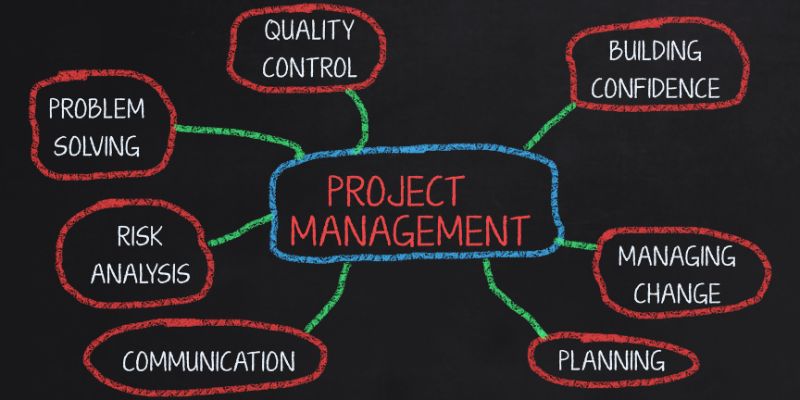
Best Project Management Software for Small Businesses: A Comprehensive Guide

Conducting Market Research Surveys: DIY Tips and Techniques
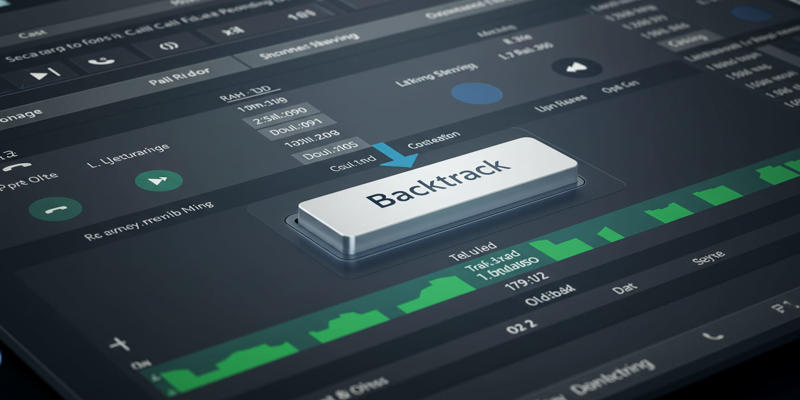
Archiving Backtrack Call Recordings Automatically

Which Are The 6 Best Calendar Apps for iPhone to Simplify Your Life in 2025

5 Easy Ways to Repair Corrupted PDF Files Online for Free

Quick and Simple Ways to Create GIFs from MOV Videos

Best pay-per-click (PPC) tools to optimize your ad spend
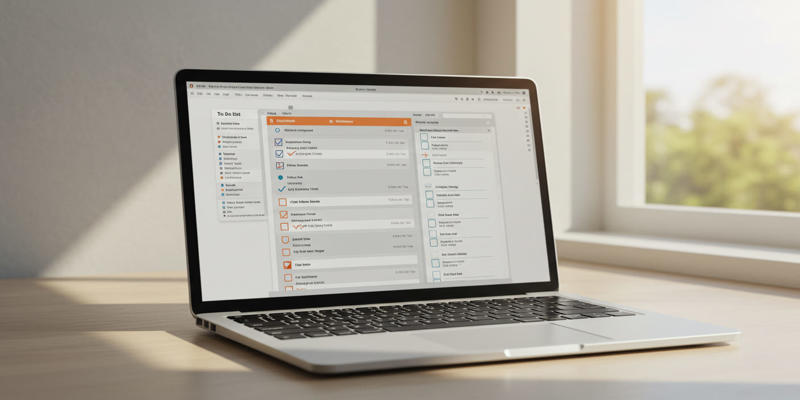
Task Prioritization Techniques: 10 Proven Methods

Everything You Need to Know About Converting to MP4
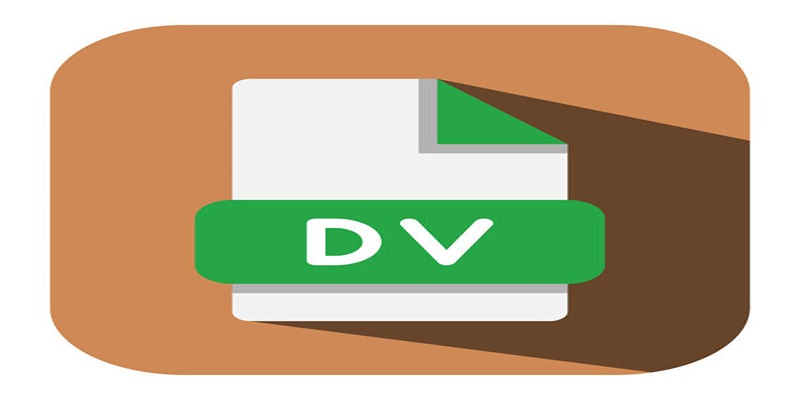
Convert Mini DV to Digital Format on Windows: A Quick Tutorial
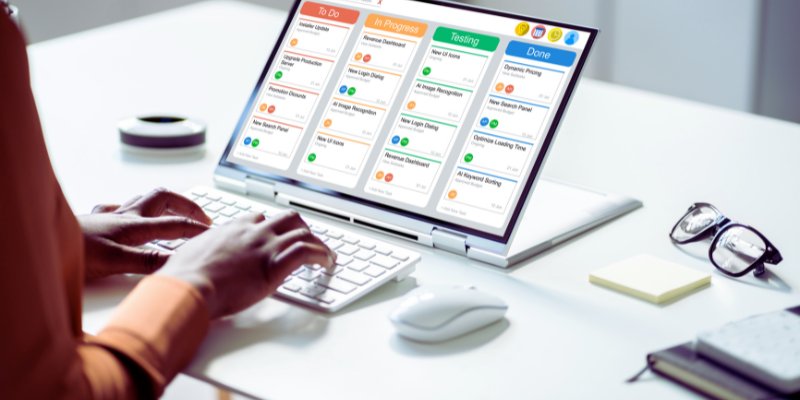
The 8 Best Kanban Tools in 2025: Streamline Your Workflow Like a Pro
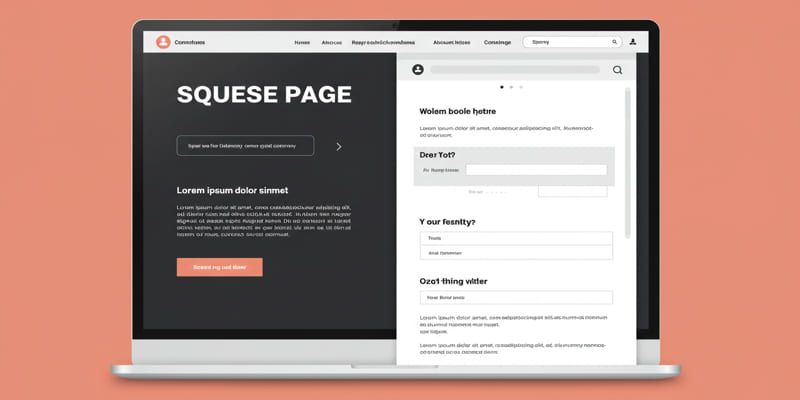
 suptoolbox
suptoolbox